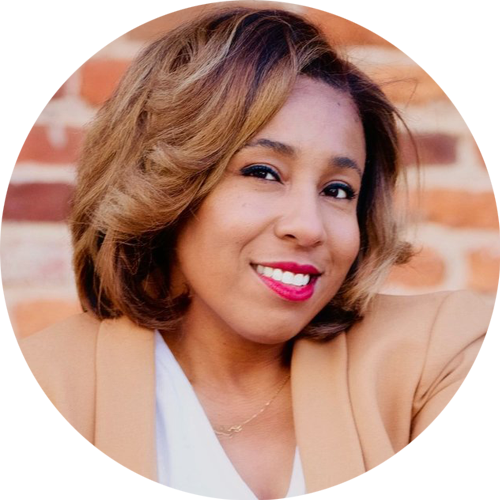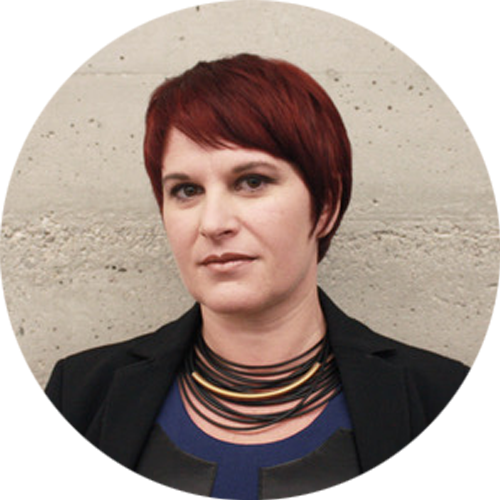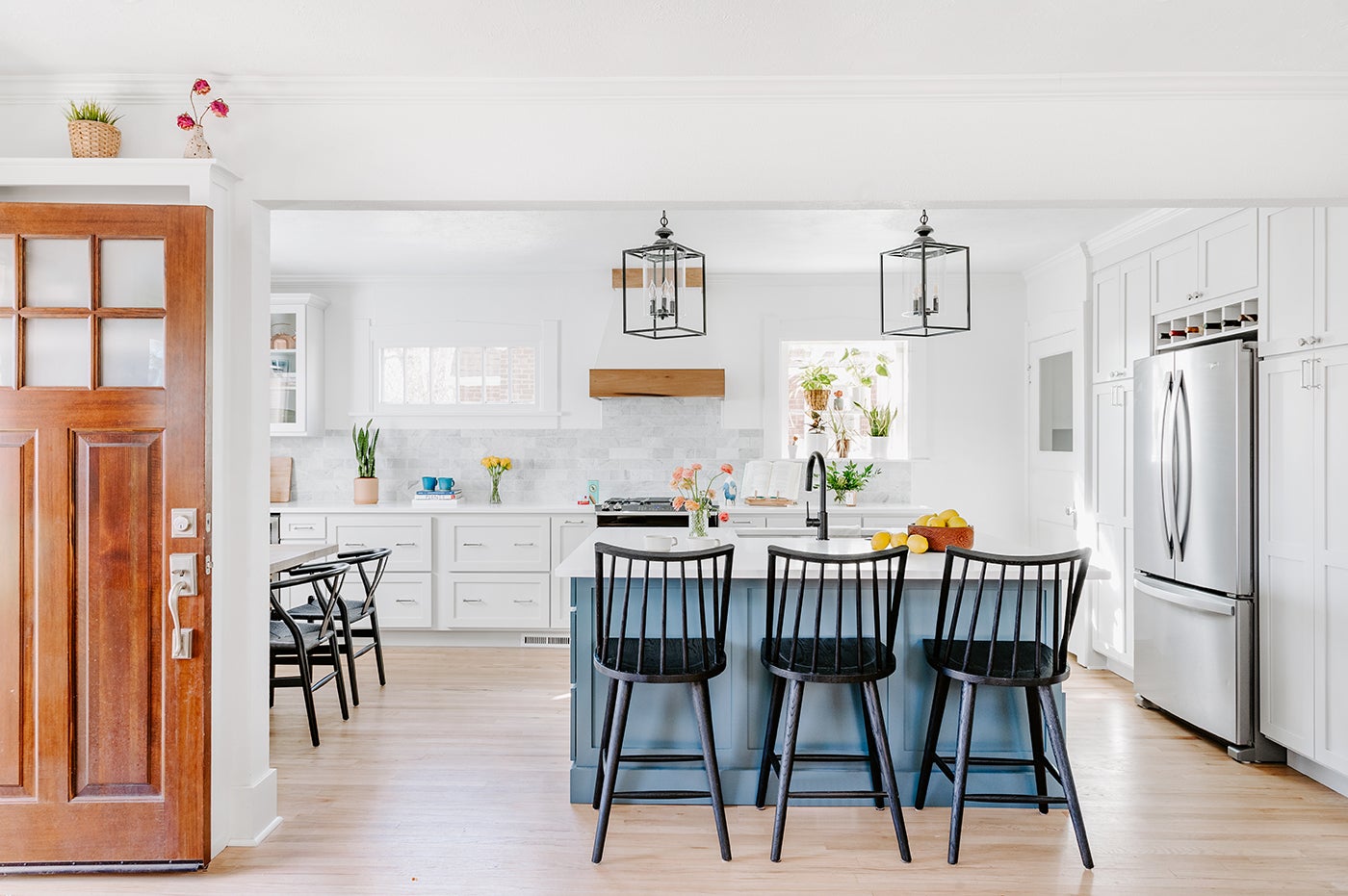Designers are among the last that need reminding about the difficulty of saying, “No,” a feat made even harder when you really want to say yes. We asked six pros—Lisa Berman, Melissa Rohani, Heather Lucas, Mark Brayton, Andrea Harvey and Glenda Flaim—to talk about the projects they had to turn down.

The One That Got Away
“At the beginning of our partnership, we had a full plate with several multiyear projects. A fantastic couple approached us to help them build their home. Our design process is long-term and personal, and we need to give each project the proper attention. Ultimately, we felt we needed more time to provide the focus that a project of its magnitude would require. We always look back at it as the project that got away, and thankfully we have learned how to scale appropriately with a fabulous team so that we never have to let a big one go again.” —Lisa Berman and Melissa Rohani, Studio Gutow, Laguna Beach, California

Making a Match
“We recently turned down a project that would have been very lucrative for us—but we’ve learned that if a client is not a fit, it’s not worth it for us to proceed. Before signing on a new client, we always meet with them to make sure our aesthetics and our personalities sync up, and we want to make sure the client is hiring us for our style, not another designer’s or exclusively their own. It’s important to our business to be able to photograph and promote our work, and if a project doesn’t represent our best work due to a client’s drastically different style and taste, we lose a lot of value. The photographs we take for our portfolio and Instagram often outweigh design fees in value. It is also important that we enjoy working together. Projects can take one to two years, and communication with our clients can be weekly or even daily, depending on the stage of the project. If a client is rude or unable to roll with the punches, this can make for a very difficult few years. The process of creating a beautiful home isn’t always easy, but clients who are kind make it much more fun and enjoyable for all parties involved.” —Heather Lucas, Lucas Browning Design, Pacific Palisades, California

Crunch the Numbers
“We have had to turn down whole-home renovation and furnishings projects primarily due to a lack of alignment on budget or timeline. We know that we are not the right fit for every client, and we try to figure that out—or, better yet, have the potential client figure that out—as quickly as possible. So whenever we respond to inquiries, our team educates potential clients about our design process and aligning expectations on timeline and budget. For example, our team takes more time than most designers do getting through the R&D phase of a project—we curate a design language that is customized to the client before we even come close to looking for specific items to purchase. Also, we can hit a variety of price points with our resource library of vendors, but the low end of our spectrum comes nowhere near the pricing found at sites such as Wayfair. Once we explain those points in greater detail, most potential clients are able to gauge whether or not expectations are in alignment, and rather than us having to tell them that we are not a good fit, the client is able to make that determination themself.” —Mark Brayton, Brayton Interiors, Denver

Early Instincts
“We had the opportunity to work with a client on a full-home renovation, and it was a referral, which is always exciting. But after our initial call and preliminary meeting, we knew very quickly this client was not going to be a good fit. It is sometimes hard to turn down business, especially when it is a referral, but after being burned over the years, some projects just aren’t worth it and if it seems challenging [during the consult], imagine how it will be once the project starts.” —Andrea Harvey, ASH Interiors and Design, Ellicott City, Maryland

Read Between the Lines
“Since taking over the leadership of our firm two years ago, I’ve learned a lot. There have certainly been cases when we accepted commissions that we probably wouldn’t today. In general, when there is a misalignment between client expectations and our firm’s [services], it’s a sign that the relationship should not proceed. For example, when the client is less interested in the small details and finishing touches, it is not a good fit. [Some other signs we look out for are] when a potential client has been involved in multiple lawsuits and seems to have litigious habits; when budget expectation doesn’t align with the reality of costs; if the contract negotiations between architect and client are contentious, etc. If a client already has a general contractor in hand before they’ve selected an architect, that can sometimes mean the emphasis will be on pricing. We may have concerns they won’t be able to execute the level of quality that our firm prides itself on and that our designs require. When a client does not want our involvement in construction administration (CA), that’s an indicator that our values are not aligned. We think of CA as the insurance policy protecting the integrity of the design process and entire project. If the project is not in our area of expertise, it is usually not worth taking on unless it’s for a repeat client. If we are not aligned on the resources and commitment [that are] needed, it’s better to part ways at the beginning, instead of the end, when no one will be happy.” —Glenda Flaim, Butler Armsden Architects, San Francisco
Homepage image: A blue kitchen island adds a swipe of color to this featherlight kitchen by Brayton Interiors | Kylie Fitts Photography




























